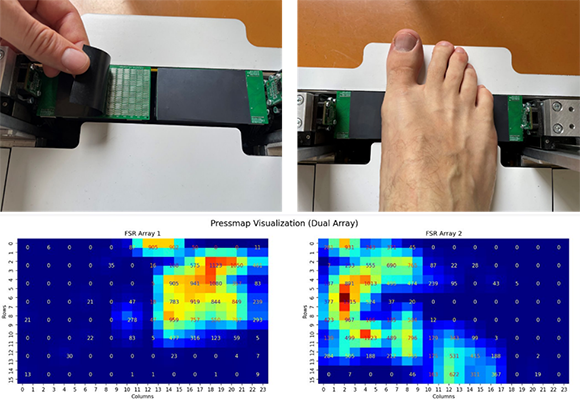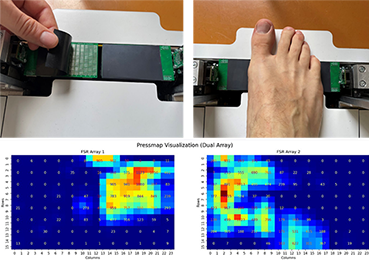

Hallux valgus is a common foot disorder that disrupts load distribution leading to functional disabilities and pain. It affects 25% of adults and 33% of the elderly, with 80% female prevalence. The current standard of care for evaluating the severity of the pathology relies on a manual examination, which directly affects the quality of the patient’s life since it guides therapeutic and corrective decisions. One third of patients report dissatisfaction with current treatments, mainly due to post-surgical recurrence and persistent pain.
The aim of our collaboration with the Assal Centre and the future start-up LaxiPed is therefore to develop medical devices and assistive solutions that will reduce the uncertainty of current practices and mitigate risks in corrective treatments. The fruit of our current collaboration is the LaxiPed device, which is an automated forefoot mobility measurement robot.
The goal of this project is to enhance the existing prototype of the medical robot by implementing the function of metatarsal dynamic pressure distribution. This functionality will provide additional information to orthopedic surgeons, enabling them to make personalized, relevant, and data-driven therapeutic decisions. This advancement will offer significant added value to our endeavour by amplifying the diagnostic capabilities of the instrument and increasing potential customers' interest in adopting it.

The project receives financial support from Innosuisse (Innovation Booster Robotics).
Project partner(s)
Project leader - team
Jeremy Olivier
(HEPIA),
Florent Glück
(HEPIA),
Gabriel Da Silva Marques (HEPIA)
,
Giovanni Mangano
(HEPIA)
